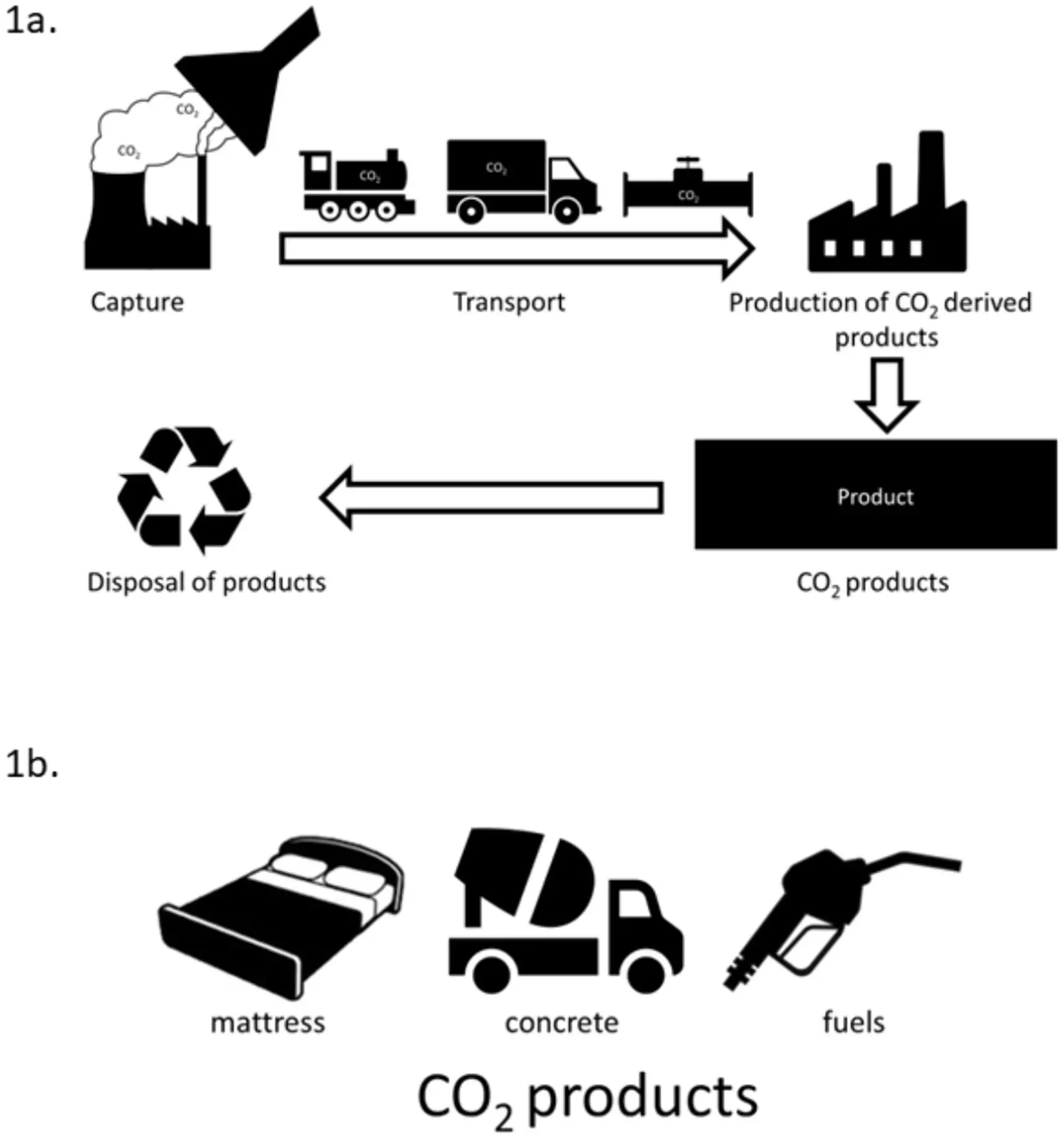As the global imperative to address climate change intensifies, various technological and policy strategies are on the table. Among these, carbon capture and utilization (CCU) emerges as a promising solution that captures carbon dioxide (CO2) emissions and repurposes them into useful products. Yet, the effectiveness of this technology hinges not solely on its technical capabilities but also on public perception and acceptance. A recent study led by researchers from the University of Michigan sheds light on how different demographics perceive CCU technologies, examining facets such as overall acceptance, local implementation, and economic implications.
The study, conducted by Kaitlin Raimi and her team, discovered that general sentiment toward CCU appears favorable, yet this acceptance is riddled with complexities. While Americans recognize the value of CCU in theory, their support diminishes significantly when it comes to the establishment of local facilities. This raises critical questions about the types of environmental risks that communities are willing to embrace in exchange for perceived benefits. Participants expressed concerns about potential threats to health and ecosystem integrity, especially in areas where infrastructure developments could lead to altered land use or increased local air pollution.
Moreover, the study indicated a gap between economic and environmental priorities in public perception. Many respondents viewed CCU primarily as a tool for economic growth rather than as a viable means to combat climate change or enhance overall public health. This perception underscores a potential misunderstanding or undervaluation of CCU’s broader benefits.
The nuances in public opinion extend beyond mere economic vs. environmental considerations. The study uncovered that individuals identifying as environmentalists generally showed more support for CCU, in contrast to those who viewed technological interventions as interference with natural processes. There appears to be a complex relationship between technological trust and environmental stewardship that merits further exploration. Concerns about local environmental risks were notably pronounced among racial and ethnic minorities. The researchers suggested that these groups likely have heightened awareness of the direct consequences of environmental degradation, which shapes their perceptions of CCU technologies.
This can be interpreted as a call to action for policymakers and technologists alike, advocating for more inclusive dialogues that recognize and address the specific environmental concerns of diverse communities. Engaging these stakeholders is essential, not just for enhancing acceptance but also for crafting solutions that equitably balance economic growth with environmental sustainability.
The study also highlighted notable differences in support among various demographics, with men typically expressing more optimism about CCU’s economic and health benefits than women. This disparity points to a broader narrative around gender, trust in technology, and the environmental implications of industrial developments. Women’s skepticism may be rooted in deeper concerns about health and safety, suggesting that communication strategies must be tailored to effectively reach and resonate with different audiences.
Interestingly, the polarized climate change discourse in the U.S. complicates efforts to foster widespread acceptance. Despite being one of the leading contributors to global emissions, American skepticism towards climate solutions can be traced back to various social and political ideologies, creating barriers to public engagement in solutions like CCU.
The overarching goal of the study is to enhance public awareness regarding climate change mitigation methods, with a particular focus on CCU technology. The researchers advocate for ongoing dialogues between relevant experts and the public, aiming to cultivate collective, inclusive problem-solving environments. This approach is vital to addressing the diverse array of concerns and values among different demographic groups, ultimately leading to more thoughtful implementation of climate technologies.
Understanding public sentiments about CCU is critical for its successful integration within local communities and the broader societal context. As climate change escalates, navigating the complexities of public perception will be key to developing and implementing effective solutions that resonate with diverse populations while addressing both economic and environmental needs. Only by fostering an inclusive dialogue can we hope to advance toward a sustainable future where innovative technologies like CCU are embraced.

